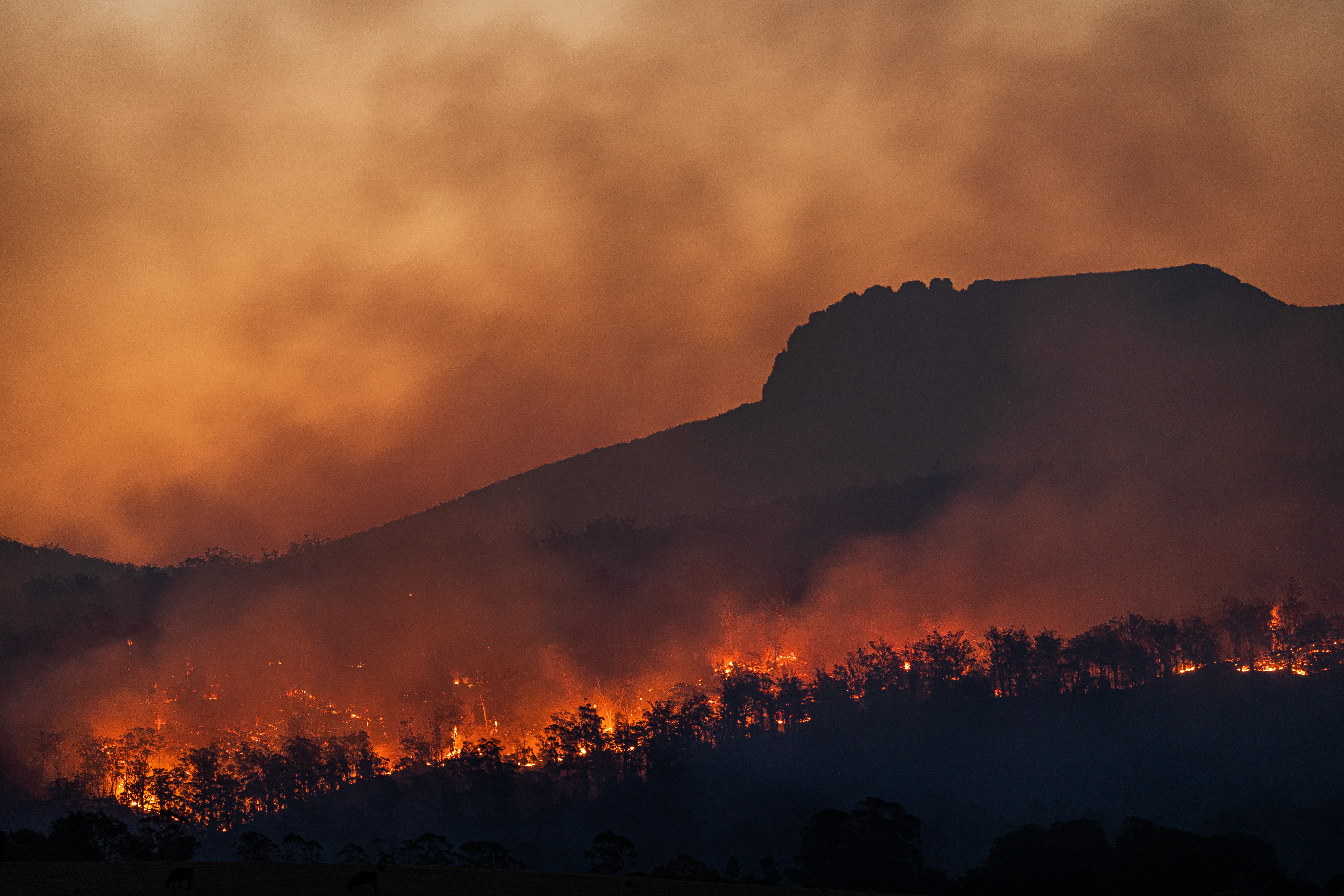
By David M. Greenwald
Executive Editor
A few weeks ago the media, backed by various climate experts, proclaimed it was the hottest day in the last hundred thousand years. Skeptics immediately seized upon the inexactitude of the measures to call the declaration into question.
So, is it really a 100,000-year high, and how do we know?
Writes Darrell Kaufman, a paleoclimate scientist who studies temperatures of the past, “I see where this claim comes from, but I cringe at the inexact headlines. While this claim may well be correct, there are no detailed temperature records extending back 100,000 years, so we don’t know for sure.”
That definitely makes sense.
Instead, there are a few things that we can say with confidence. For instance,  “Scientists concluded a few years ago that Earth had entered a new climate state not been seen in more than 100,000 years.”
“Scientists concluded a few years ago that Earth had entered a new climate state not been seen in more than 100,000 years.”
This was the conclusion of a climate assessment report published by the Intergovernmental Panel on Climate Change (IPCC) in 2021.
Kaufman notes, “Earth was already more than 1 degree Celsius (1.8 Fahrenheit) warmer than preindustrial times, and the levels of greenhouse gases in the atmosphere were high enough to assure temperatures would stay elevated for a long time.”
As I pointed out a few weeks ago, there are ways to estimate past temperatures.
Kaufman notes that looking at the material that settles at the bottom of lakes and oceans over the past thousands of years can offer clues to help paleoclimate scientists to reconstruct past global temperatures.
But he warns “they have important limitations,” including the burrowing of organisms and bottom currents, along with imprecise timelines.
He notes, “Because of this, paleoclimate scientists are reluctant to compare the long-term record of past temperature with short-term extremes.”
We also know that the “average global temperature has fluctuated between glacial and interglacial conditions in cycles lasting around 100,000 years, driven largely by slow and predictable changes in Earth’s orbit with attendant changes in greenhouse gas concentrations in the atmosphere.”
Kaufman notes that we are in an interglacial period that began around 12,000 years ago, that global averages probably peaked around 6000 years ago, “but probably did not exceed the 1 C global warming level at that point, according to the IPCC report.”
He argues, “That means we have to look farther back to find a time that might have been as warm as today.”
Kaufman notes that there is evidence that in the previous interglacial period, which peaked around 125,000 years ago, “we do find evidence of warmer temperatures.”
He continues, “The evidence suggests the long-term average temperature was probably no more than 1.5 C (2.7 F) above preindustrial levels—not much more than the current global warming level.”
The most alarming part is the next part.
Kaufman warns, “Without rapid and sustained reductions in greenhouse gas emissions, the Earth is currently on course to reach temperatures of roughly 3 C (5.4 F) above preindustrial levels by the end of the century, and possibly quite a bit higher.”
At that point, he concludes, “we would need to look back millions of years to find a climate state with temperatures as hot. That would take us back to the previous geologic epoch, the Pliocene, when the Earth’s climate was a distant relative of the one that sustained the rise of agriculture and civilization.”
That’s the real danger. Being at a 100,000 year high apparently by itself is not catastrophic—though we are already seeing the effects and many are not good. The catastrophe comes in the next sixty years as the temperature increase triples.
All the climate change deniers will have been long since dead, but future generations will have to grapple with their lack of action.


